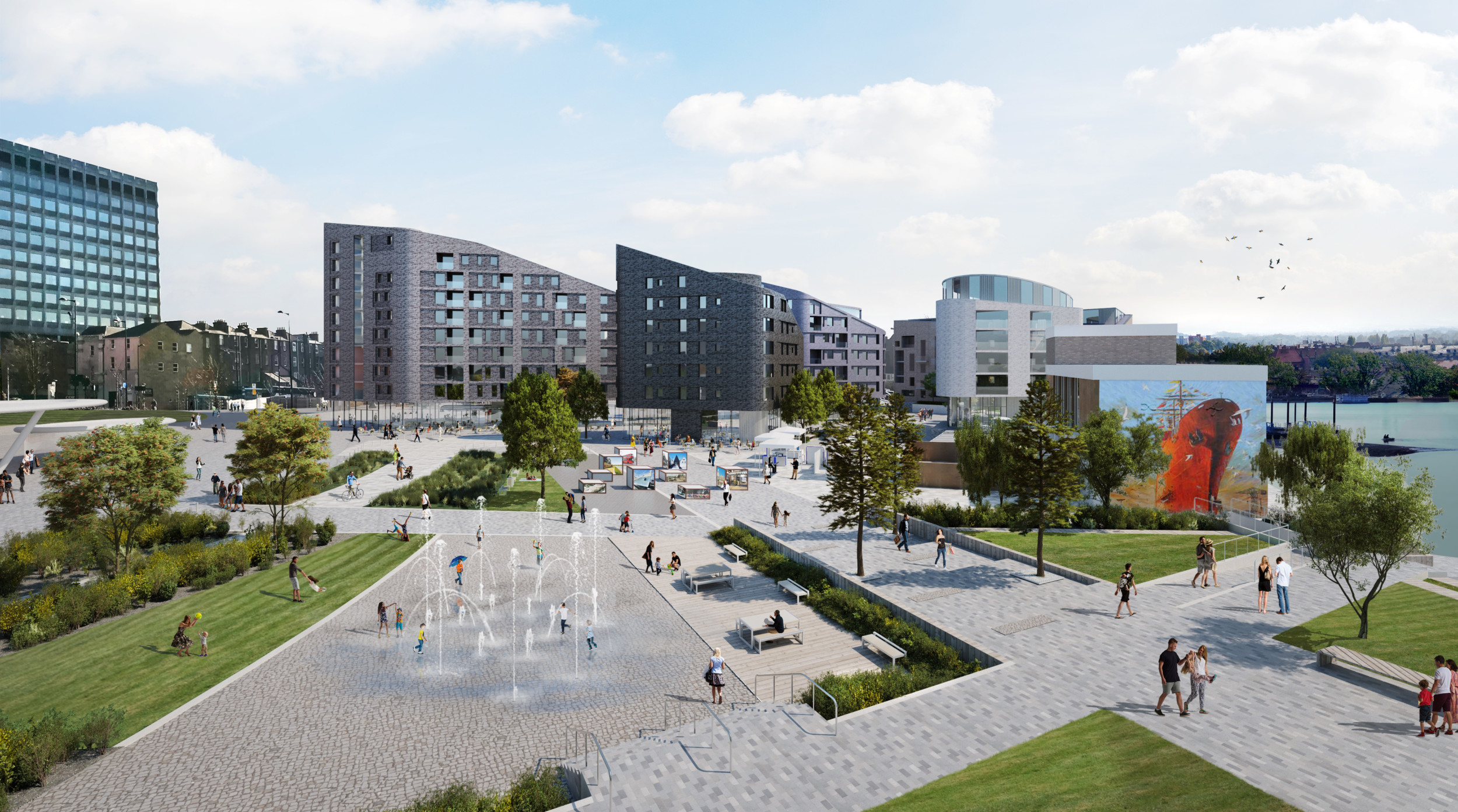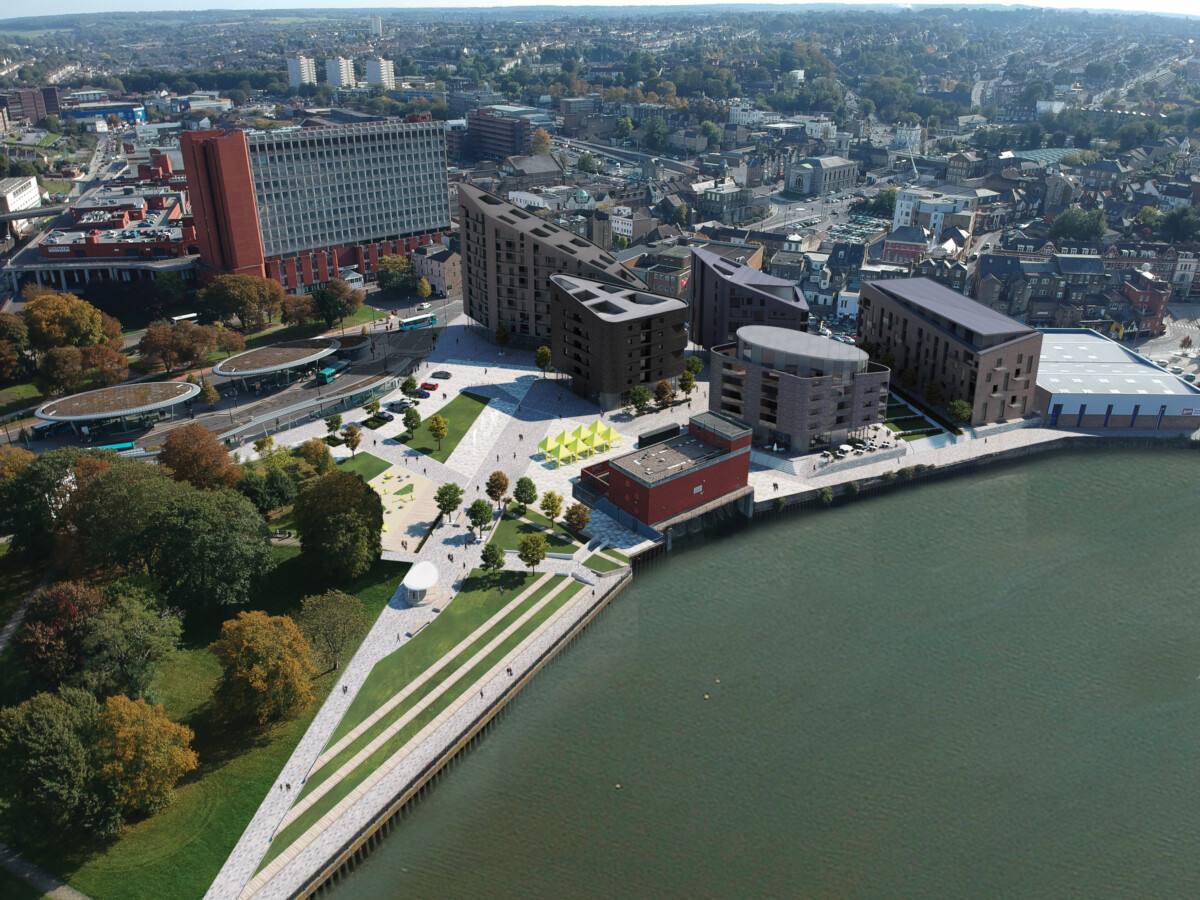
The story of Chatham Dockyard on the River Medway is the story of the Royal Navy. While officially founded in 1613, the earliest evidence of the Royal Navy’s use of the Medway is in its rental of two storehouses in 1547. By Elizabeth I’s reign, Chatham is home to the navy’s main fleet. It builds its first warship in 1586, launches HMS Victory in 1786, and it is here that the navy first develops its submarine fleet. Eventually, its vulnerability and the better viability of competing bases saw Chatham Dockyard close in 1984.
Its going was Chatham’s great loss – socially, culturally and economically. At its largest, the dockyard employed 10,000 workers in no less than 26 trades, across a 400-acre site, and served as the principle livelihood for generations of shipbuilders, many of which joined the docks as apprentices at 15. Closure saw the loss of 7,000 jobs and a 24% rise in unemployment. Recovery has taken Chatham decades, but recover it has, its ongoing regeneration programme seeing the dockyards become a marina, an entertainment and retail destination, and a residential area. It’s the story of a town reinventing itself.

In this respect, the mixed-use Chatham Waterfront scheme plays an important part. Situated near Chatham’s high-speed rail link, its mix of large apartments, co-working spaces, a restaurant, shops, and beautiful landscaping promises to provide the perfect base for city-workers, the short commute, the greater space, and the opportunity to work efficiently and effectively from home an absolute boon. The story continues – marvellously.